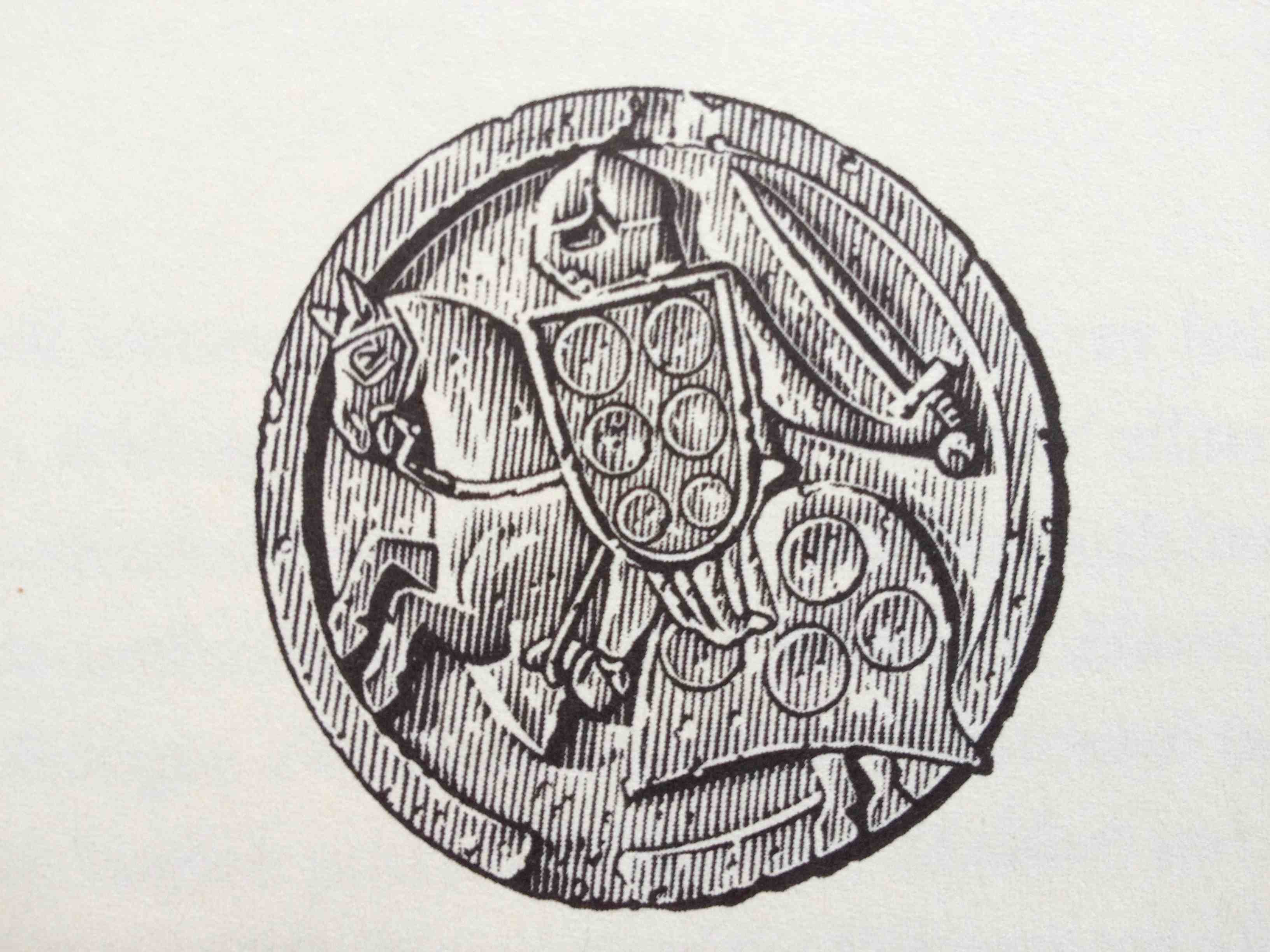

Here’s a semi-scale Predator. Pretty cool, but it’s an Almost-Ready-to-Fly model so I can’t do too much bragging. I just modded an inexpensive ($80) Nitro Models kit with a AXI 2208 brushless motor and added some proper landing gear and an airscoop to cool the motor in the back. (BTW, Nitro sells two Predators. Get this one, not the similar camo version with a slightly smaller wingspan. That one’s wings don’t come off! I have no idea how you’re supposed to transport it, short of a van).
[This post originally ran in July, 2007]
But there’s more to this Predator than meets the eye. It’s not just a model of an Autonomous Aerial Vehicle–it is a UAV! How can you tell? Look closer.
This is a Pentax W30 camera, which is one of the smallest cameras to have a proper programmable time-lapse photography setting. Why would I want to strap a camera with a time-lapse function to the bottom of a R/C plane? Because it’s not just a R/C plane!
Here’s what’s under the canopy, or at least the first layer of it. It shows the installation of a UNAV Picopilot GPS-guided autopilot. This makes the Predator totally autonomous. You can enter up to 20 GPS waypoints, and the Predator will fly to them and then return home afterwards. That, in turn, explains the time-lapse camera. It snaps a 7 megapixel picture every ten seconds while the
UAV is following its programmed course. Which means that you can stitch those pictures together and create a super high-quality aerial view of any area you choose. They’re WAY better than Google Maps resolution, and you can update the aerial views anytime you want to.
But how can you take off and land the Predator? The Picopilot can’t do that.
Fortunately, there’s another layer in the Predator’s electronics bay.

 Underneath the autopilot floor, there’s space for all the standard R/C stuff: A Futaba 2.4 GHz receiver, a 1,500 mAh Li-Po battery and an electronic speed control. When the transmitter’s gear switch is down, this lower layer controls the plane manually. When you switch the gear lever up, it transfers control to the Picopilot and the Predator goes into autonomous mode.
Underneath the autopilot floor, there’s space for all the standard R/C stuff: A Futaba 2.4 GHz receiver, a 1,500 mAh Li-Po battery and an electronic speed control. When the transmitter’s gear switch is down, this lower layer controls the plane manually. When you switch the gear lever up, it transfers control to the Picopilot and the Predator goes into autonomous mode.
Just like the real thing!
Full details at DIYDrones.





